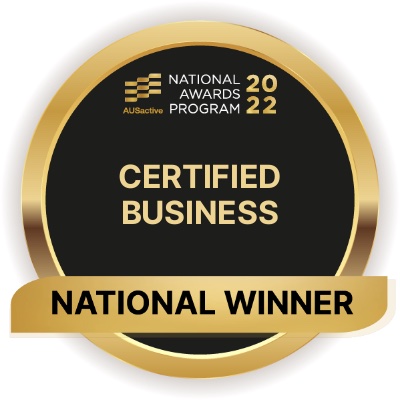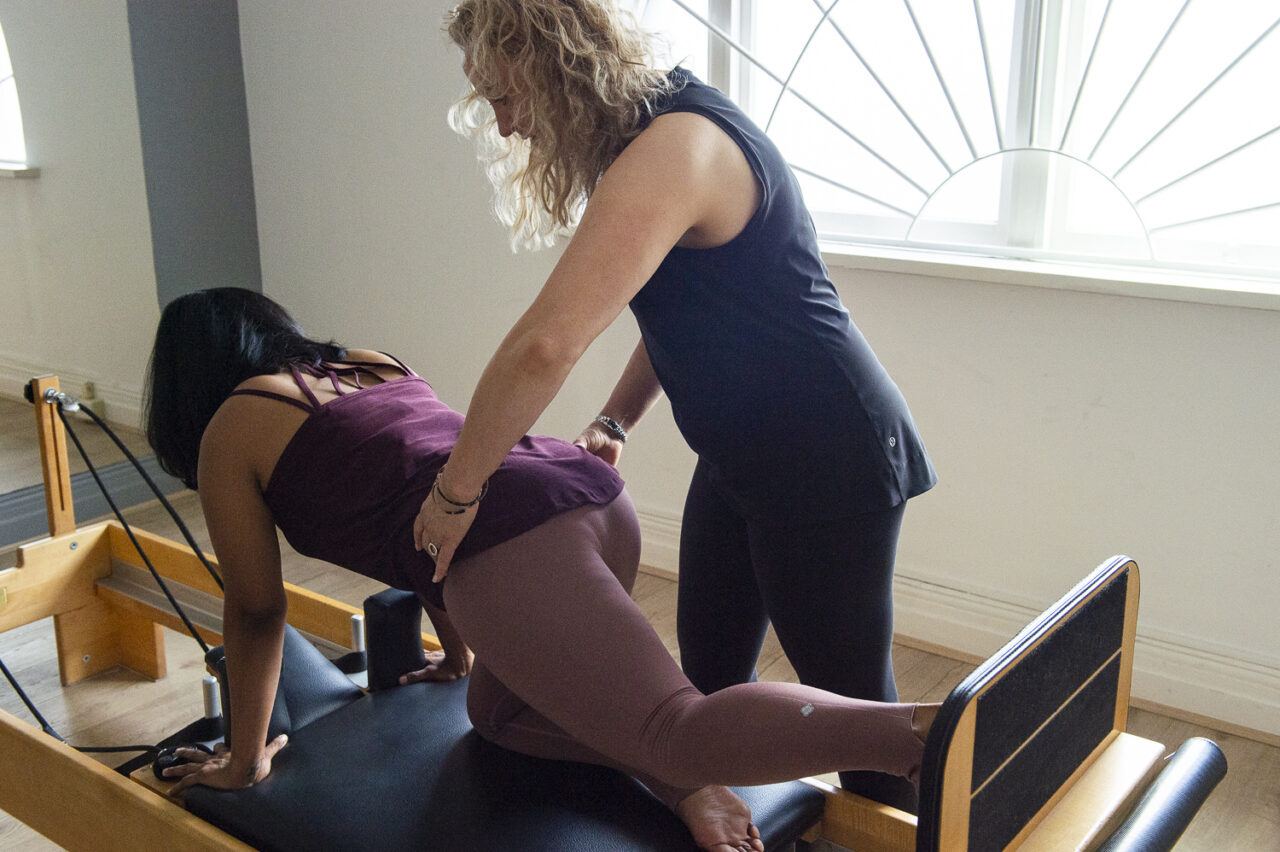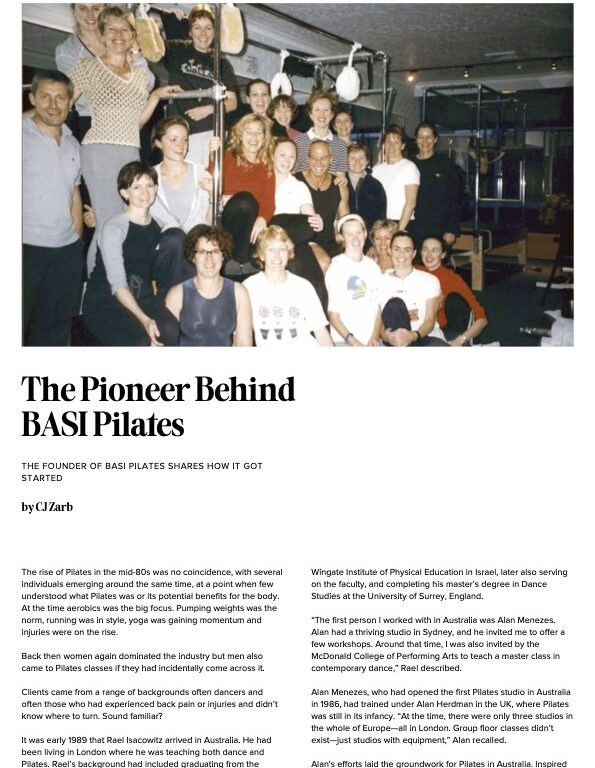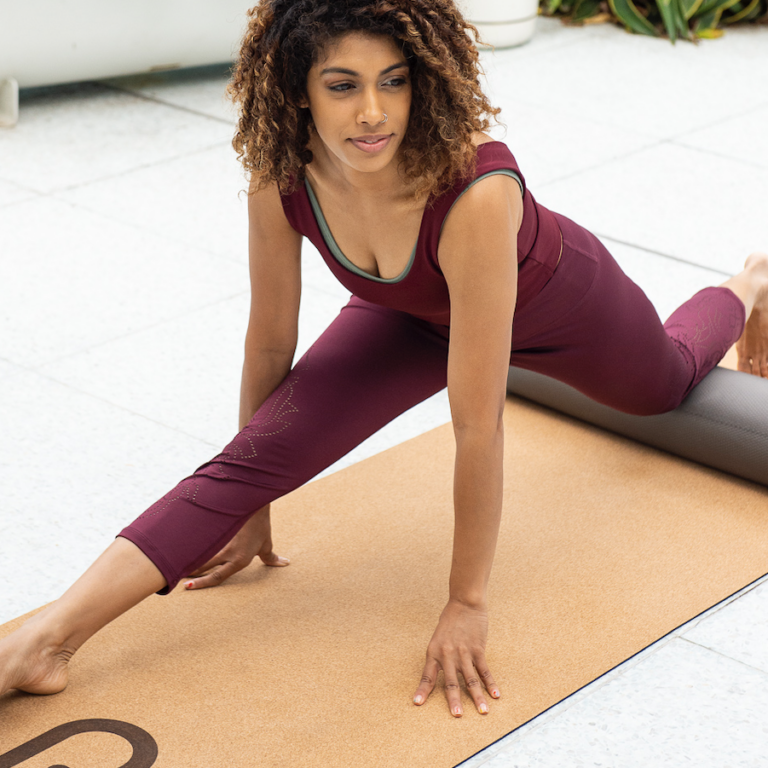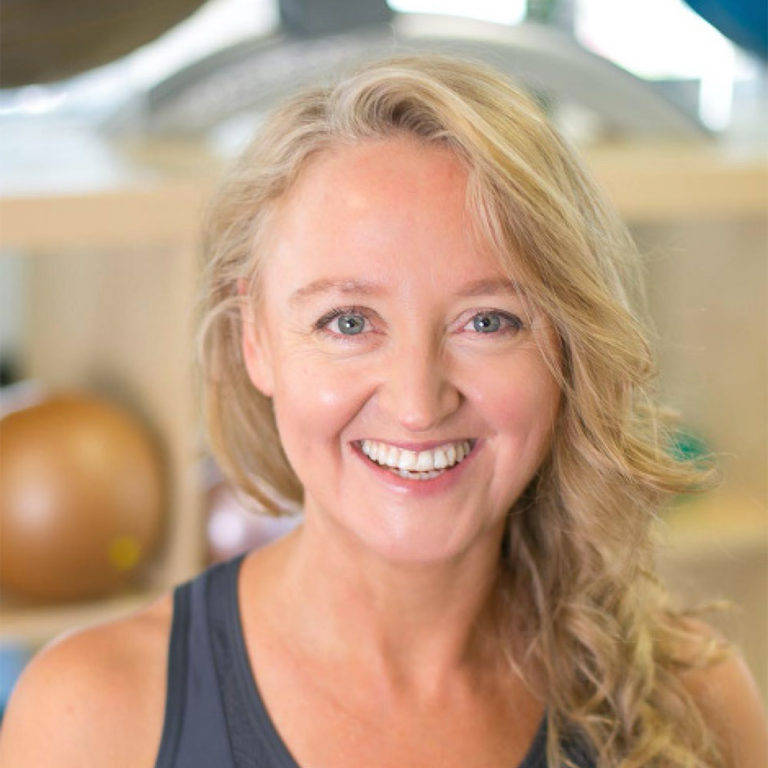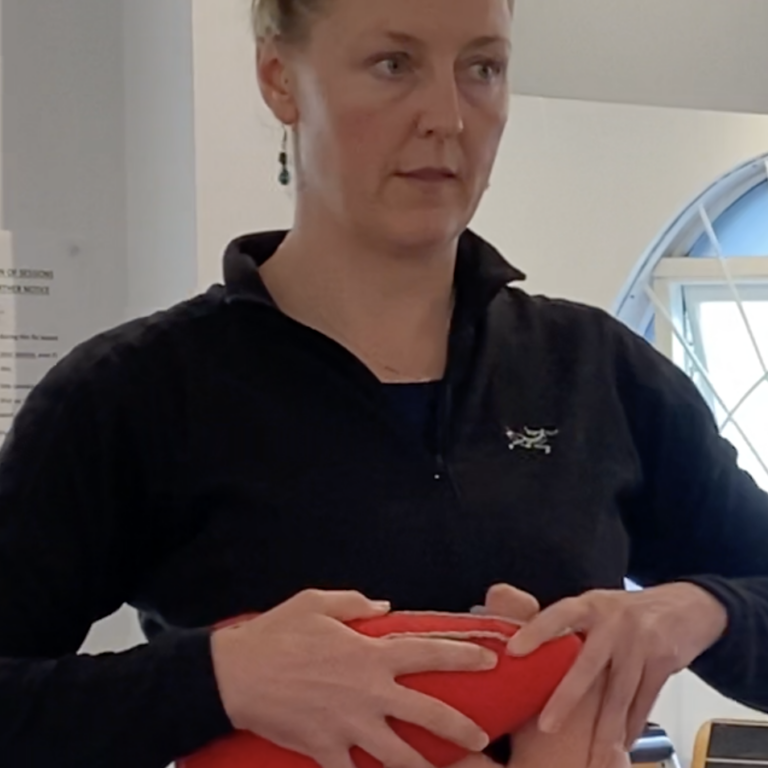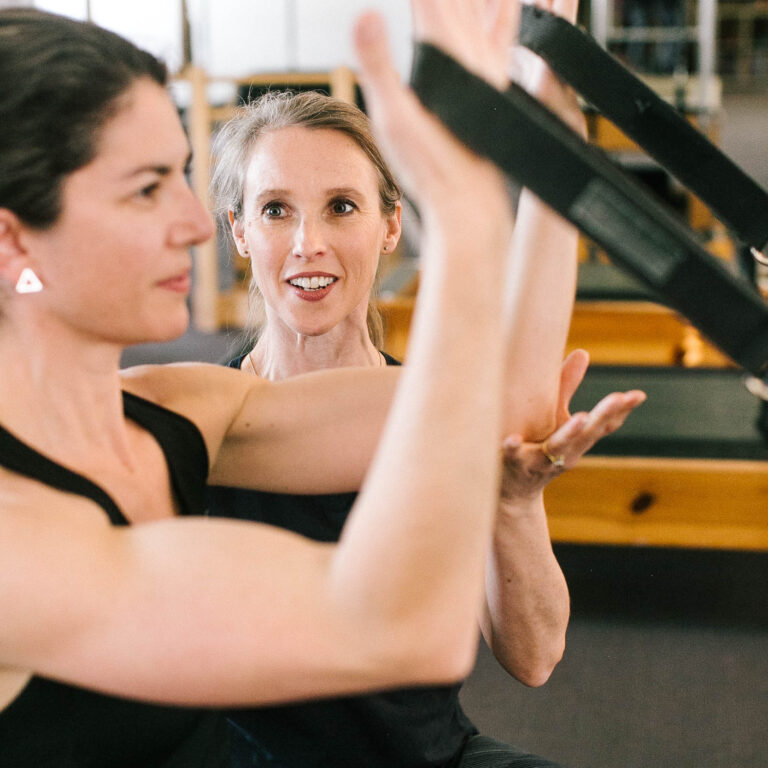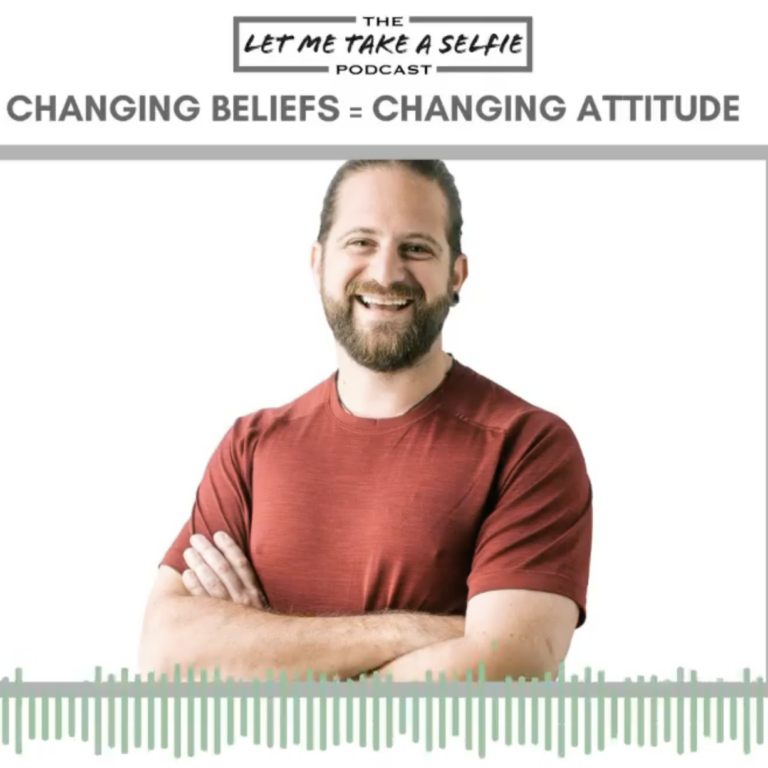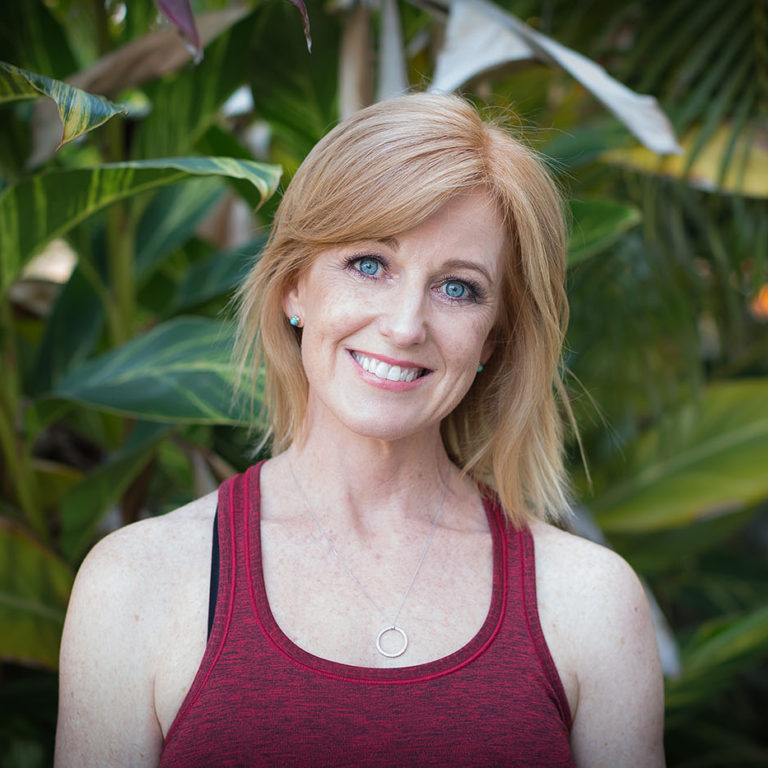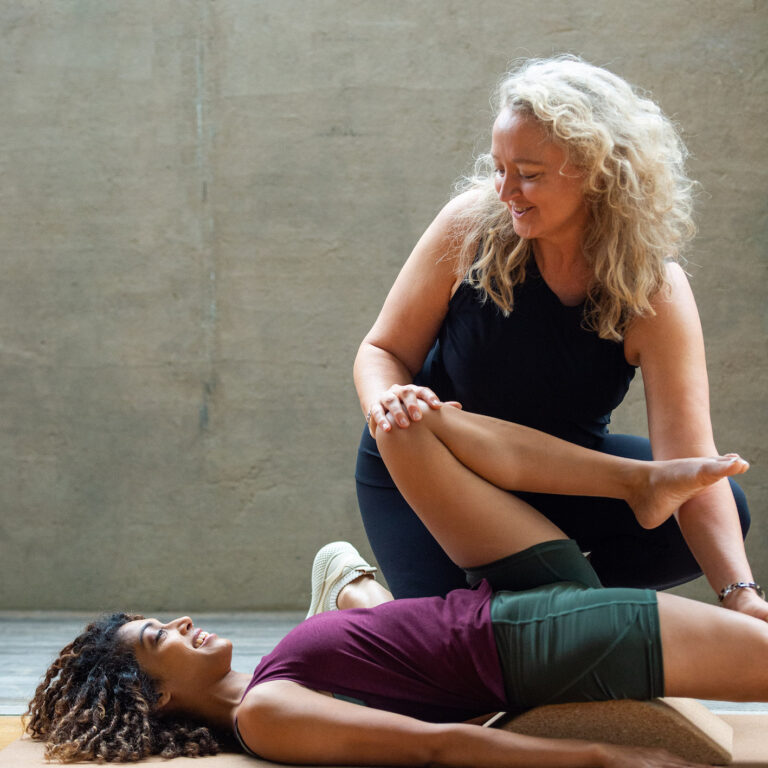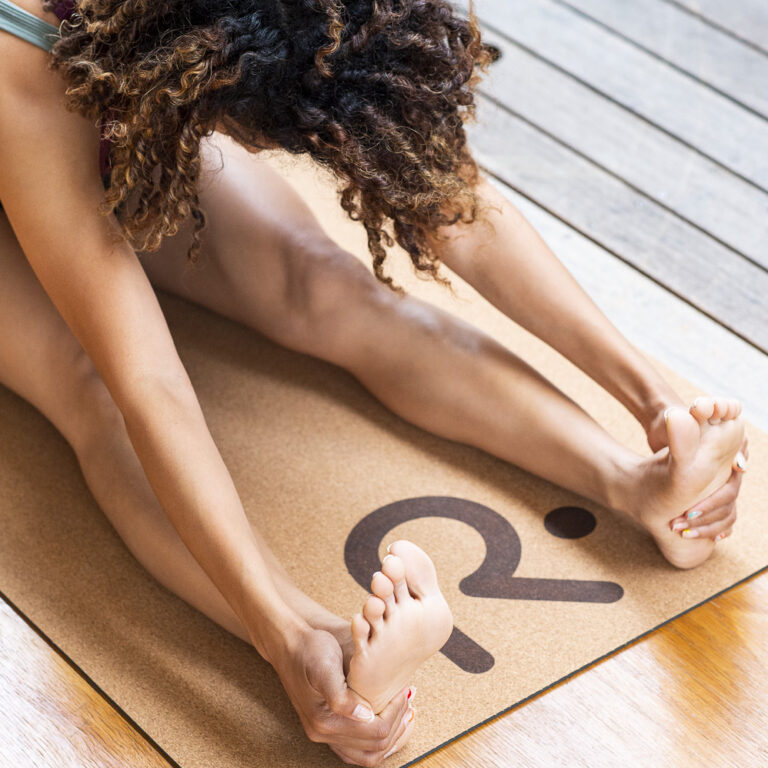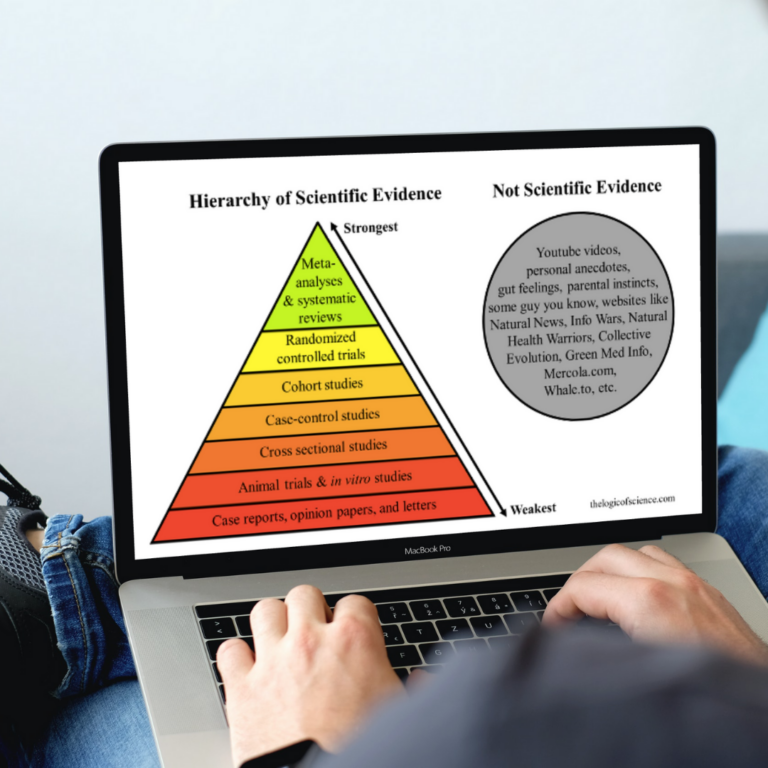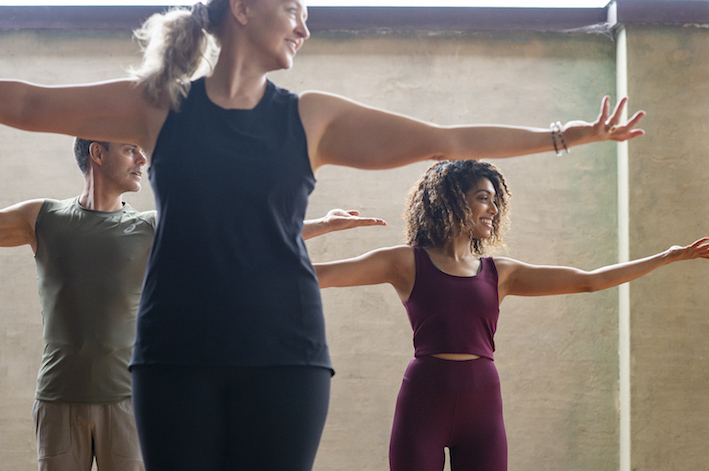Is Pilates Risk-free?
According to a recent report, the Pilates market in Australia is projected to grow at a compound annual growth rate of 6.5% between 2020 and 2025. So to begin with, there doesn’t appear to be much risk at the moment in terms of moving in to the Pilates market. It is a great growth area and it’s popularity is booming.
It is no secret that this sort of growth is due to the increasing awareness and acceptance of Pilates as a form of low impact exercise that improves control, balance, core strength, range of motion, focus, and can help to prevent injuries and improve overall health. Additionally, in it’s appropriate delivery format, it can be suitable for people of all ages and fitness levels, including those with injuries or chronic conditions.
Another reason for the growth of Pilates is the rapidly increasing number of gyms and fitness centres now offering Pilates group classes, making it more accessible and convenient for people to try out the method. Franchises are now pushing into the Pilates market which is a sure sign of a growth area, although can be a signal to be cautious ahead.
But with all these options and more available, we are seeing huge numbers of people turning to Pilates as a way to improve their health and fitness. With the number of Pilates studios and instructors continuing to grow, it’s likely that more people will have access to Pilates classes and programs in local and regional communities as well. Additionally, the increasing popularity of Pilates is supporting the need for more research on the benefits of the method, further solidifying its place in the fitness world.
Low impact, but is it low risk?
Pilates is an exercise regime that uses movements and body weight exercises (Matwork) as well as equipment that supports and resists exercises. Primarily it is a no-to-low impact form of exercise, which can seem considerably low risk in comparison to other exercise modalities and sports in general, however it is important to understand the potential risks associated with the practice as these are not negligible.
One of the main risks associated with Pilates is if the movements are not performed well, which can easily lead to strain or injury, and can exacerbate postural patterns and movement patterns that may be the cause of discomfort or worse. This is particularly true for people with existing injuries or chronic conditions, who may not be able to perform certain exercises safely. Much of the time the adverse effects of performing Pilates exercises poorly will not be immediately clear as it can feel good to exercise, but the longer term effects can be quite distressing if form is not guided well. To add to this area of risk, Pilates is promoted broadly as being incredible for helping back backs, necks, joints, for pre and post natal care, rehabilitation … and more. The extent to which Pilates is promoted as a be-all rehab and corrective method is extraordinary, and this opens up another level of risk associated with improper instruction or lack of training and guidance.
These things considered, it should be clear that it’s essential for people to work with a qualified and experienced Pilates instructor who can help them modify exercises to suit their individual needs and fitness levels.
Another risk associated with Pilates is when using the specialised apparatus. It seems like simple equipment at first, but the various springs, pulleys, and other moving parts can easily be used improperly and may lead to quite bad injury if not used with knowledge and care. Particularly when used in group environments, Reformers are not considered ‘safe’ and have not been modified to eliminate potential risks and hazards. The liability of injury when using the Reformer is broad, and dependent upon the training and qualifications, and professional status of the instructor as well as the environment and usage of the apparatus. It is vital that anyone instructing classes on the Pilates apparatus is comprehensively trained, professionally registered, and understands and can minimise the risks involved.
In a Pilates Studio that hosts the comprehensive range of Pilates equipment the risks increase. Bars are sprung like bombs that can go off and create enormous damage if “let go” by a client when not attended properly. Springs and moving parts in general can be hazardous and should have been explored and minimised through effective accredited training that is recognised within the legislative frameworks, leading to effective and workplace safety implementations. If this seems overly pedantic or dramatic, there are many examples of previous serious injuries in the Pilates world that would make anyone realise that training and care should be of the utmost importance.
Popularity increases risks
As the popularity of Pilates continues to grow, the number of Pilates studios and instructors is also increasing. However, it’s important to be aware that not all Pilates instructors are qualified or experienced, and people should be cautious when choosing a Pilates instructor. It is recommended to look for a Pilates instructor through reputable industry organizations such as AUSactive. Choosing an instructor who is formally qualified through a government recognised training program is the ideal, and if you are looking to train to become a Pilates teacher you would be well advised to undertake a government accredited qualification. These have been through extensive auditing by independent registration processes that ensure it meets all the needs of the industry including formal Work Health and Safety, Professional Practices, and all specialised training competencies.
As time goes by and more unqualified teachers run into liability issues, you should make certain you are getting the best training in accordance with how our legislation recognises professional employment requirements
Pilates can be an incredibly valuable form of exercise so long as potential risks are controlled. We are here for seeing the Pilates modality grow and reach all corners of the globe, as an exercise practice that is reputable and professional.
Want to know more? Contact us anytime.
